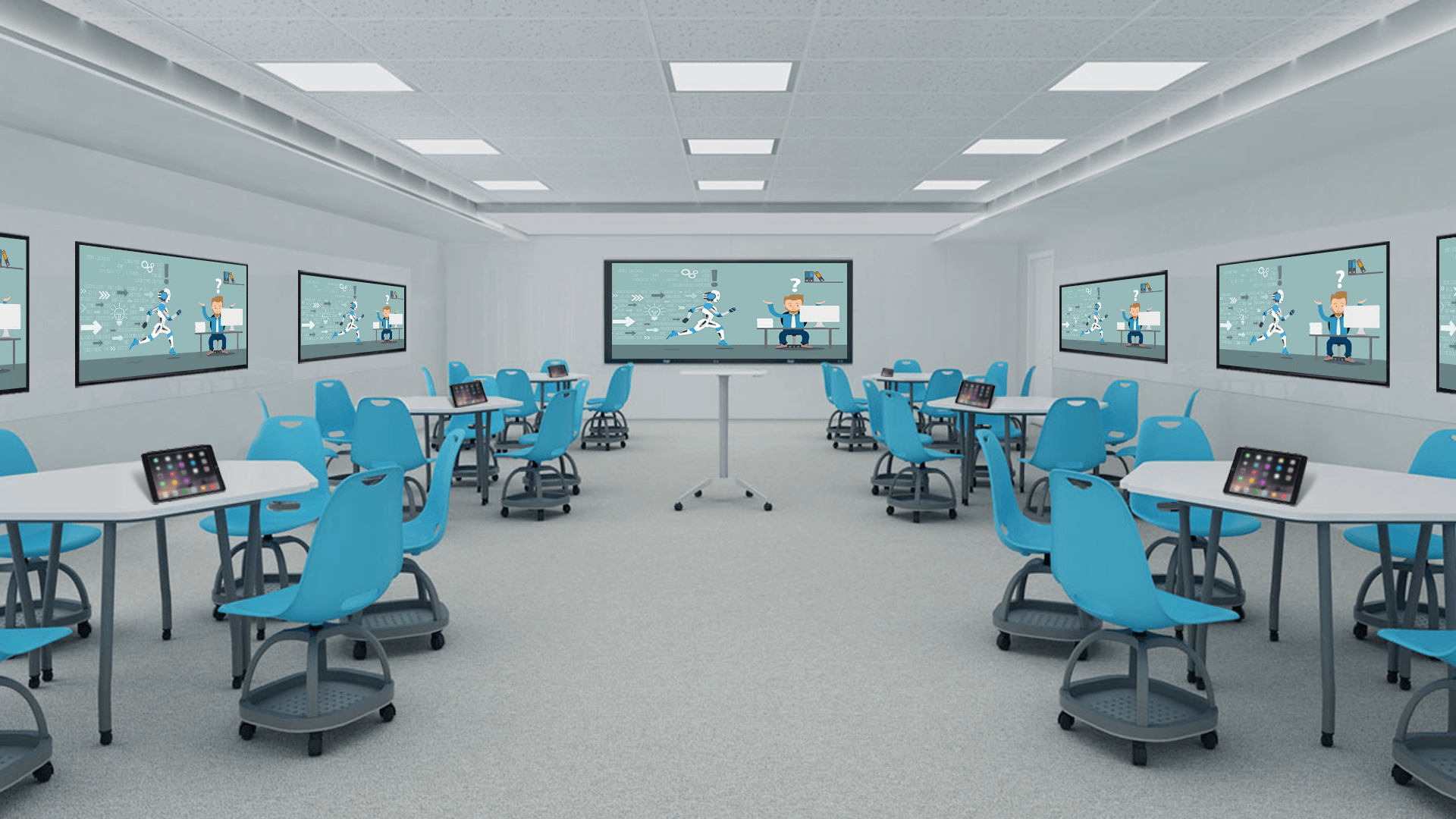Wondering how to invert your classroom? If you’re ready to get started using the flipped teaching model, follow these steps:

1. Determine Your Technology
Since flipped teaching relies so heavily on technology to create and share videos of lectures, choosing the technology that can best help you film, edit, and share your videos is a crucial first step. You’ll also need to choose a hosting service and determine how your students will access all of your content. Additionally, you’ll need to track progress. An BiJie Box will help you keep everything streamlined in one place as you launch your program.
2. Create Your Videos and Content
When it’s time to film, keep it short and sweet. You’ll be pleasantly surprised to learn that what used to take 15 minutes to cover in a lecture can usually fit into a five-minute video, since you won’t have to worry about classroom management. Don’t be afraid to be entertaining!
You can also seek out videos and other interactive content from quality open educational resource (OER) providers such as BiJie box.
3. Be Transparent With Students and Parents
Before you launch, clearly explain what flipped learning is and why you are doing it. Making a major change in your classroom culture is hard work, and flipping the mindset is not easy. Be prepared to address concerns and to revisit the “how” and the “why” often.
4. Make Your Students Accountable
Don’t forget that your flipped learning model depends on student participation. If they’re not keeping up with the at-home learning, your whole class will grind to a halt because students won’t be prepared to engage with your hands-on activities. Be sure to devise a system that tracks and holds students accountable for watching your videos.
One way to do this is by using entry tickets, or short formative quizzes at the beginning of a lesson. These will help you determine which students did their homework, which didn’t, and who needs help. If you are using an LMS, then you can get these results in real time, enabling you to differentiate instruction accordingly.
5. Keep It Up
Find a schedule and system that works for you so that filming, lesson planning and assessment all become routine. Once you have a system in place, leverage it so you can focus on your students instead of on the nuts and bolts of developing your units.